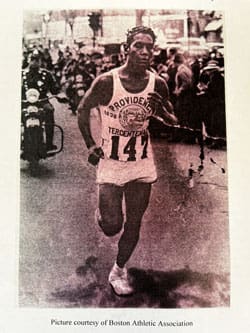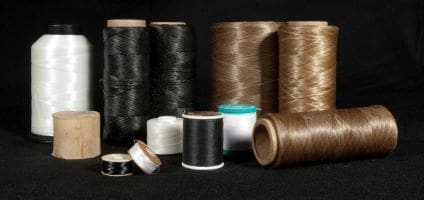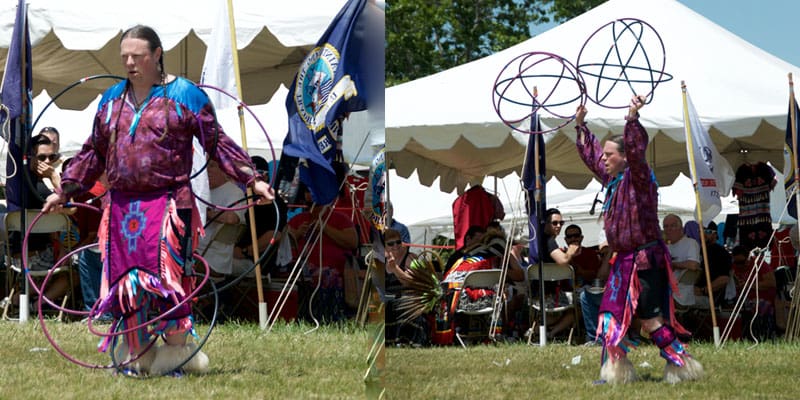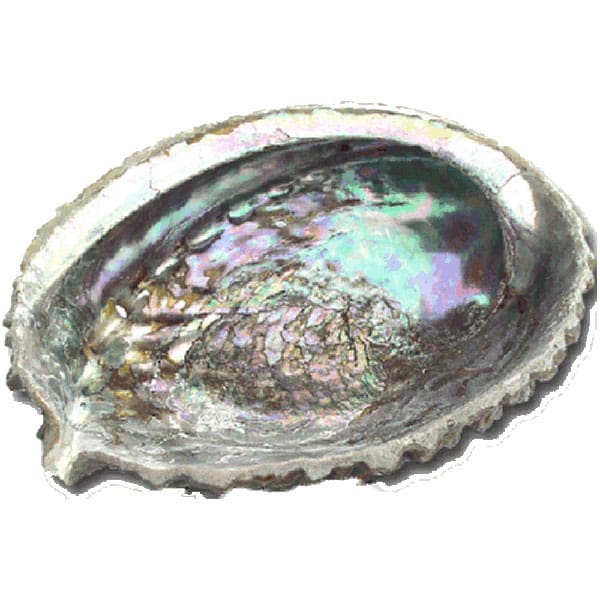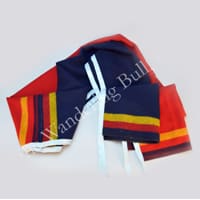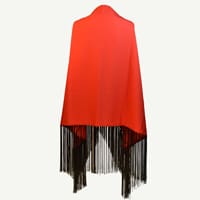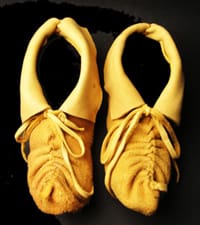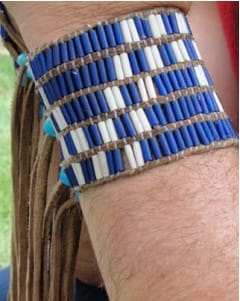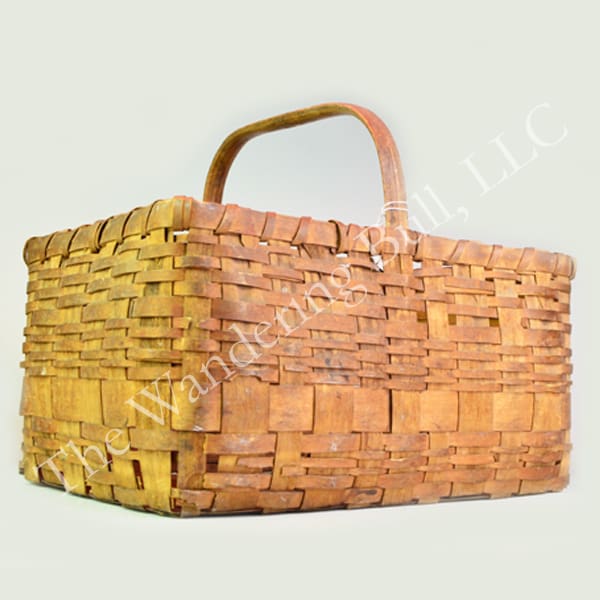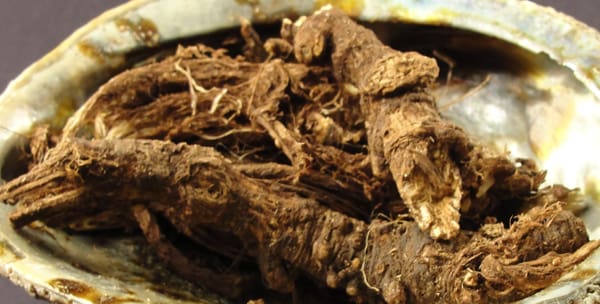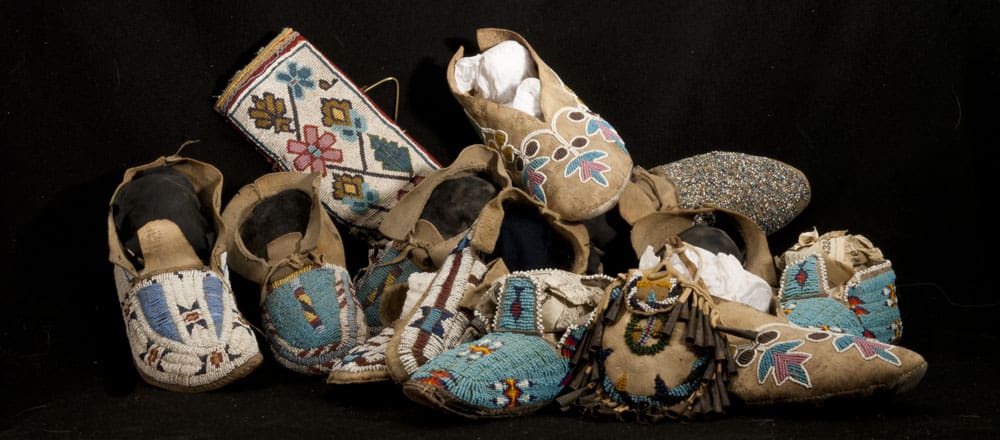
Tips to identify antique vs reproduction pieces of Native American art and craftwork.
Older items will show their age in specific ways. Things to look for:
- Wear in the right places
- Changes in color from light and air exposure
- Bug damage
- Metal will have small dings or scratches and aged patina
- Small breaks and tears in materials
- Antique beads are much less uniform than newer Czech beads
- The item is only as old as the newest material used.
Continue reading How to Identify Antique Native American Artifacts and Artwork

